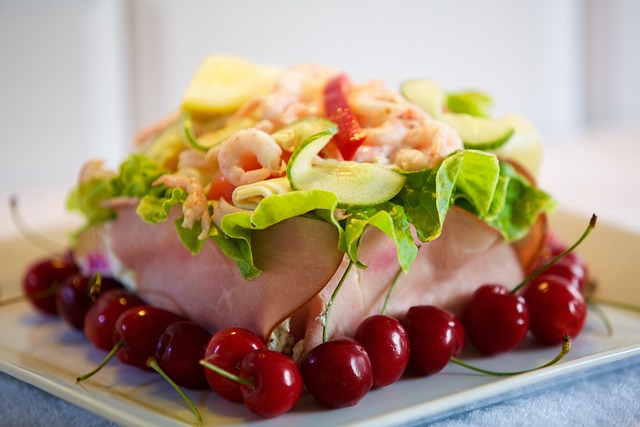The Benefits of Swedish Food Culture: Tradition, Health, and Community

Sweden is renowned for its breathtaking landscapes, minimalist design, and high quality of life—but its food culture is just as rich and rewarding. Rooted in tradition, sustainability, and simplicity, Swedish cuisine offers more than just delicious meals—it provides a model for healthy living, strong community values, and mindful eating.
Whether you’re exploring the world of Nordic flavors or seeking a healthier lifestyle, understanding Swedish food culture can inspire both your plate and your perspective.
1. Nutritional Benefits of the Nordic Diet
At the core of Swedish food culture is what’s known as the Nordic diet—a way of eating that emphasizes whole grains, root vegetables, fish, berries, legumes, and healthy fats like rapeseed (canola) oil.
Studies have shown that the Nordic diet is:
- High in fiber and antioxidants
- Low in sugar and processed foods
- Heart-healthy and anti-inflammatory
- Linked to lower risks of obesity and chronic disease
Unlike fad diets, the Swedish approach to food is rooted in balance, tradition, and eating seasonally—making it a sustainable and health-conscious way of living.
2. A Culture of Mindful Eating
In Sweden, food isn’t rushed—it’s respected. From long lunches to the beloved daily tradition of fika (a coffee break with pastries or light snacks), Swedes value taking time to eat, reflect, and connect.
This mindful approach to food encourages:
- Better digestion
- Stronger social bonds
- More conscious food choices
- Lower stress levels
Fika, in particular, exemplifies how Swedish food culture prioritizes quality time and emotional well-being, making it about much more than just what’s on your plate.
3. Local, Seasonal, and Sustainable
Swedish cuisine is deeply connected to the land and seasons. Ingredients like mushrooms, wild berries, fresh fish, and potatoes are not only staples—they’re often locally sourced and sustainably harvested.
This focus on nature and seasonality:
- Reduces environmental impact
- Supports local farmers and producers
- Encourages eco-friendly eating habits
- Preserves traditional food knowledge
From midsummer feasts to Christmas buffets (Julbord), the seasonal cycle is reflected in the food traditions, strengthening the bond between people, place, and plate.
4. Simple Ingredients, Rich Flavors
Swedish dishes often rely on simple, high-quality ingredients—but don’t mistake simplicity for blandness. Classics like:
- Gravlax (cured salmon)
- Köttbullar (meatballs)
- Knäckebröd (crispbread)
- Raggmunk (potato pancakes)
…all offer deep, comforting flavors shaped by tradition and practicality. This minimalist approach makes Swedish food easy to prepare, easy to enjoy, and full of flavor—perfect for both everyday meals and special occasions.
5. Strengthening Social Bonds Through Food
Food in Sweden often brings people together—whether it’s a family dinner, a crayfish party in late summer, or an afternoon fika with friends. These shared experiences help nurture a sense of community, belonging, and joy.
In a world where fast food and fast living dominate, the Swedish model of slow, social, and seasonal eating is a breath of fresh (and flavorful) air.
Final Thoughts
Swedish food culture is more than just herring and meatballs—it’s a lifestyle centered around health, simplicity, sustainability, and connection. Whether you’re looking to eat better, live more mindfully, or explore new culinary traditions, there’s a lot to love (and learn) from the Swedish way of eating.
Ready to bring more Nordic balance to your life? Start with a fika, cook a traditional dish, or explore the joys of seasonal, sustainable eating—the Swedish way.